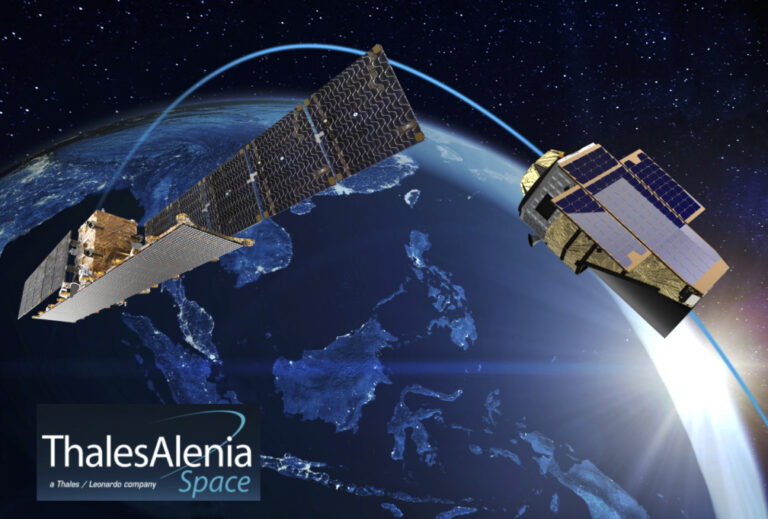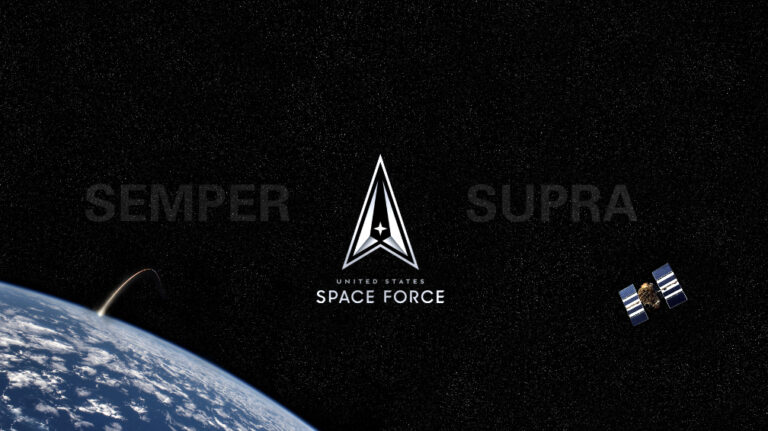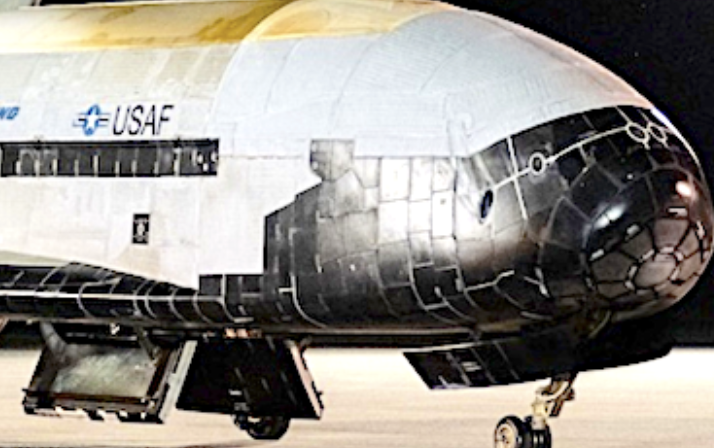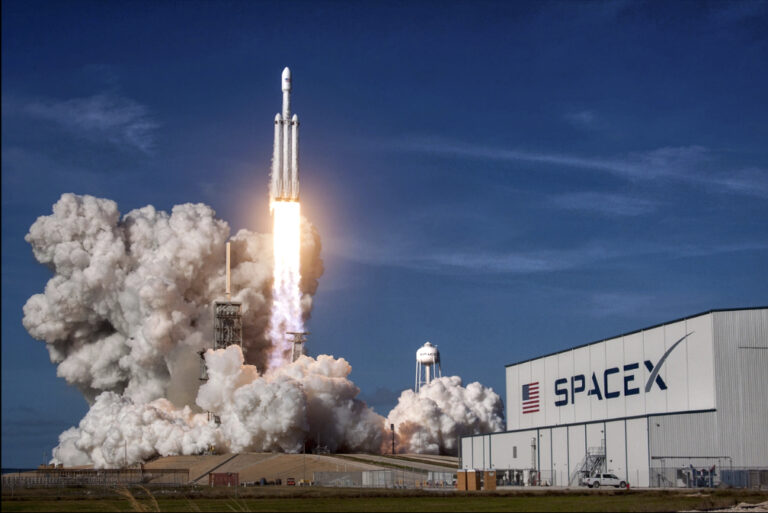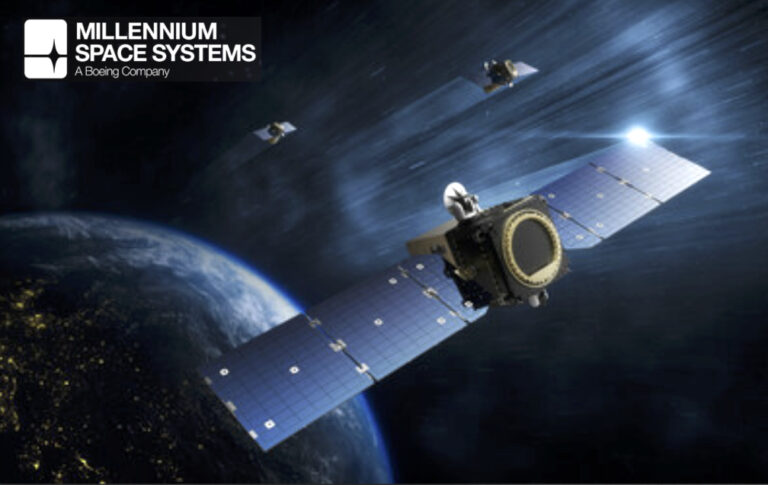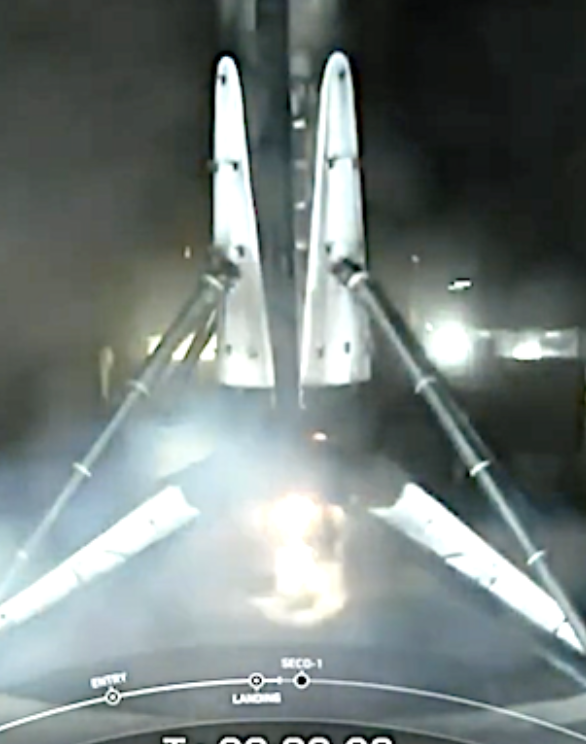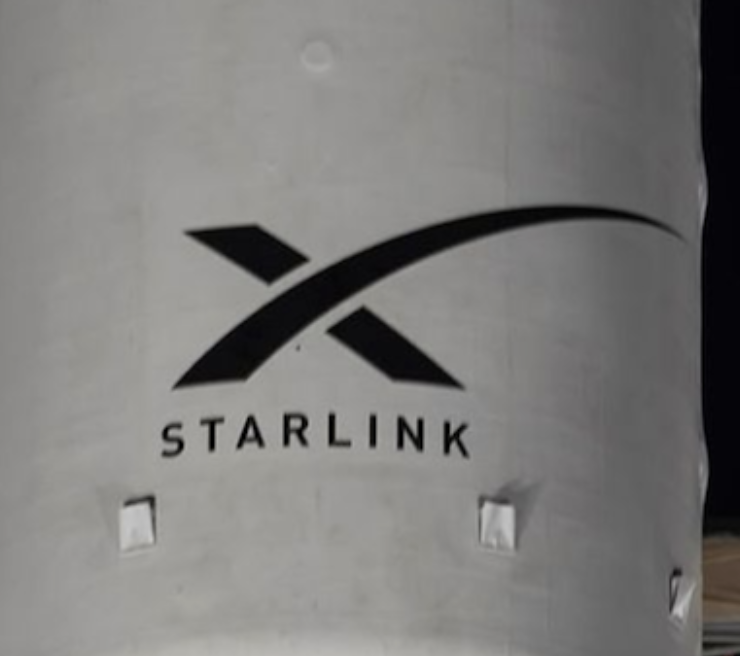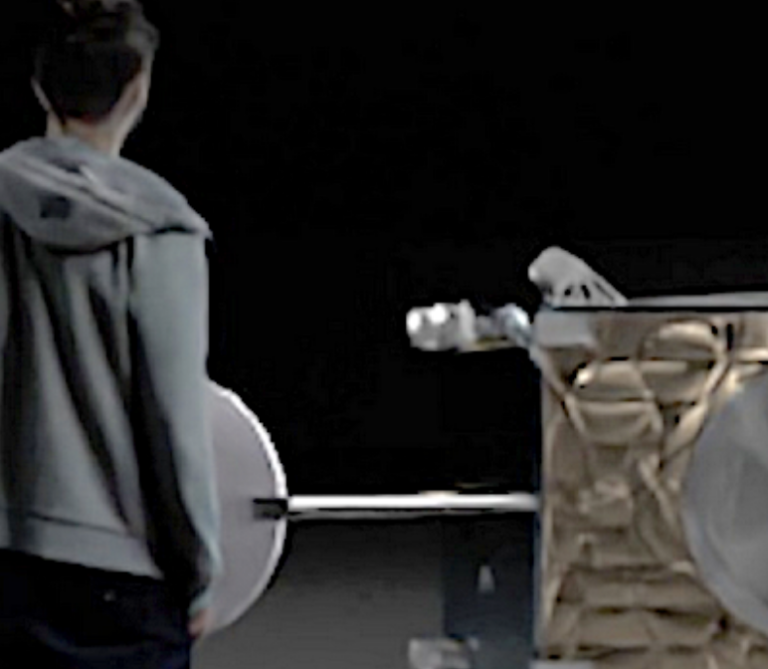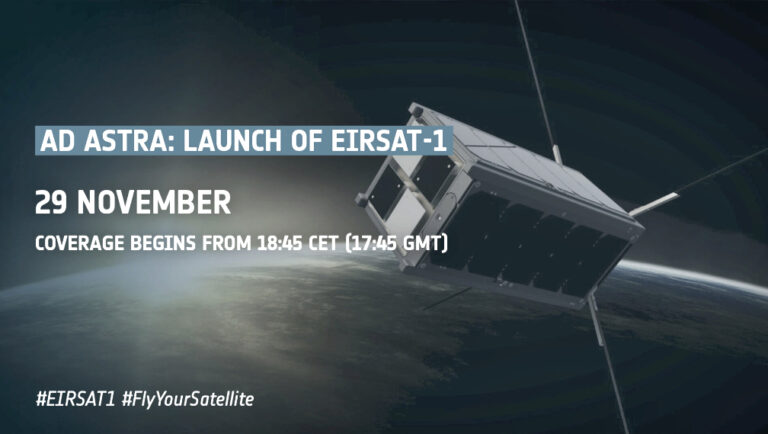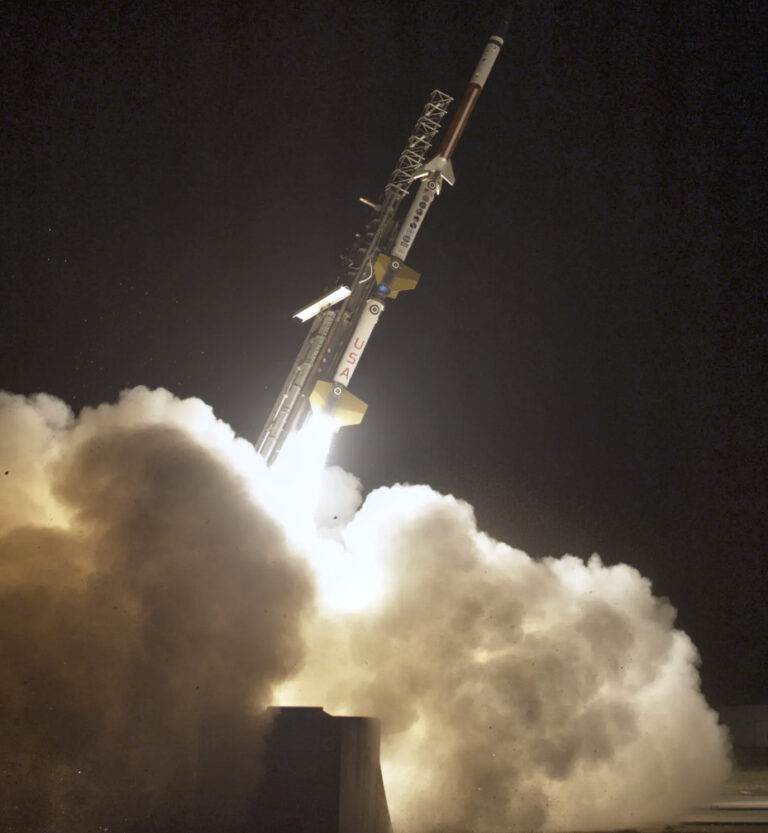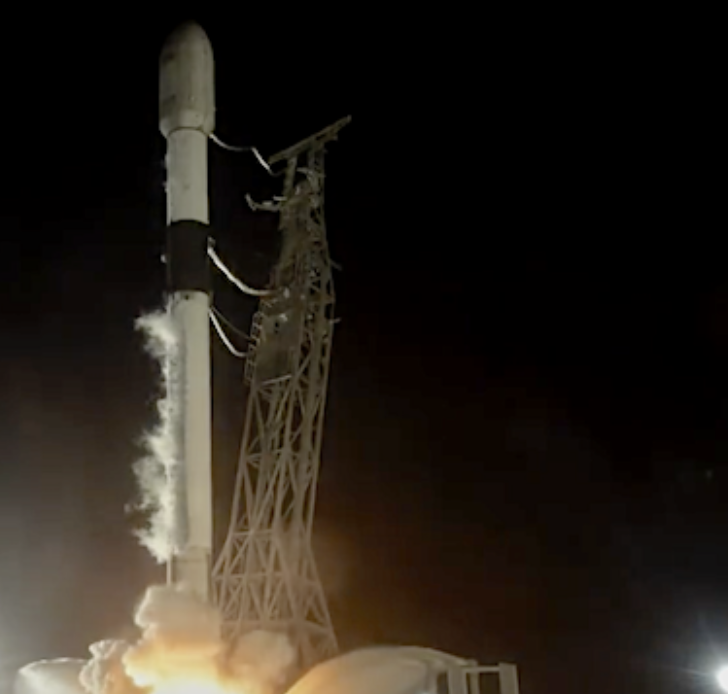FEATURED
The best of SatNews—essential reads, standout reporting, and hand-picked stories worth your time.
Thales Alenia Space signs a multi-satellite contract with PT Len Industri
Thales Alenia Space has signed a multi-mission contract with PT Len Industri to provide a state-of-the-art Earth Observation (EO) constellation combining radar and optical sensors and dedicated to the Indonesian Ministry of Defence (MoD). Both companies will join forces to ...
US, UK, Australia announce trilateral Deep Space Advanced Radar Capability initiative
The United States, United Kingdom and Australia have announced a trilateral initiative called the Capability following the signing of a Memorandum of Understanding in September. The new program is designed to provide 24/7, all-weather capabilities that will increase the ability ...
SpaceX’s two launches in a weekend and plans for Falcon Heavy’s test for U.S. Space Force
Making for a a busy weekend, on Saturday, December 2 at 11:00 p.m. ET, Falcon 9 launched 23 Starlink satellites to low-Earth orbit from Space Launch Complex 40 (SLC-40) at Cape Canaveral Space Force Station in Florida. The Starlink 6-31 ...
UPDATE: Lift-off for EIRSAT-1, Ireland’s first ever satellite
UPDATE: Six years of hard work and dedication paid off in spectacular fashion today, as the Educational Irish Research Satellite, EIRSAT-1, successfully blasted off from Vandenberg Space Force Base, California. Hitching a ride on a Space-X Falcon-9 launcher, the tiny ...
UPDATE: SpaceX successfully launches the Korea 425 top secret mission with 25 smallsats on board
UPDATE: On a picture perfect Friday, December 1 at 10:19 a.m. PT, Falcon 9 launched the Korea 425 mission to low-Earth orbit from Space Launch Complex 4 East (SLC-4E) at Vandenberg Space Force Base in California. There were a total ...
Arcfield acquires Orion Space Solutions
Arcfield has completed the firm's acquisition of Orion Space Solutions (Orion), a Colorado-based developer of end-to-end space mission capabilities and solutions. The acquisition of Orion enhances Arcfield’s space exploration and hypersonic detection and tracking capabilities for agencies in the Department ...
Space Systems Command, SpaceX prepare to launch National Security Payload for the USSF
The Assured Access to Space (AATS) Directorate of Space Systems Command (SSC) and SpaceX are preparing a Falcon Heavy rocket for the National Security Space Launch (NSSL) program. The mission, designated U.S. Space Force (USSF)-52, is targeted to lift off ...
Vaya Space demonstrates tactical missile class vortex-hybrid engine a milestone in defense technology
Vaya Space, a privately owned company, achieved a significant milestone in defense technology with successful demonstrations of a revolutionary tactical missile class vortex-hybrid engine. The breakthrough tests, witnessed by representatives from Army Futures Command, NASA, and the Prime Contractor Community, took place at ...
Millennium Space Systems completes Missile Track Custody space vehicle critical design review
Millennium Space Systems, a Boeing [NYSE: BA] company, achieved the Missile Track Custody (MTC) space vehicle Critical Design Review (CDR) less than a year after authorization to proceed. The company will now deliver six space vehicles for MTC Epoch 1 ...
Space Development Agency completes space to ground transmission from Link 16 Tactical Data Network
The Space Development Agency (SDA) has successfully demonstrated the first-ever Link 16 network entry through space to ground connection from LEO to a series of receivers using terrestrial radios during three demonstrations held November 21-27, 2023. Operators working with SDA ...
Amazon’s Project Kuiper + NTT/SKY Perfect JSAT form strategic collaboration
Nippon Telegraph and Telephone Corporation (NTT), NTT DOCOMO, Inc. (NTT DOCOMO), NTT Communications Corporation (NTT Com), and SKY Perfect JSAT Corporation (SKY Perfect JSAT) have formed a strategic collaboration with Project Kuiper, the LEO satellite broadband network from Amazon (NASDAQ: AMZN), ...
Another successful nighttime SpaceX Starlink satellites launch
A SpaceX Falcon 9 launch vehicle launched 23 Starlink satellites (Starlink-124 / Starlink 6-30) to low-Earth orbit from Space Launch Complex 40 (SLC-40) at Cape Canaveral Space Force Station in Florida, on 28 November 2023, at 04:20 UTC (27 November, ...
SpaceX plans 23 Starlink satellites launch on Falcon 9 Monday from the Cape
SpaceX is targeting Monday, November 27 for a Falcon 9 launch of 23 Starlink satellites to low-Earth orbit from Space Launch Complex 40 (SLC-40) at Cape Canaveral Space Force Station in Florida. Liftoff is targeted for 11:20 p.m. ET, with ...
HummingSat is the world’s first commercial GEO smallsat creating a new chapter in space innovation
Intelsat is the first commercial customer for SWISSto12’s innovative HummingSat geostationary telecommunications satellite, developed with its patented 3D printing technology in collaboration with the European Space Agency Inspired by the tiny, fast-moving hummingbird, ESA and SWISSto12 have signed a contract ...
Launch of Ireland’s 1st satellite is upcoming…
Watch the live launch broadcast of Ireland’s first satellite — EIRSAT-1 — on ESA Web TV Channel 2 and ESA YouTube, currently scheduled for November 29th. Photo of EIRSAT-1, courtesy of ESA. Coverage of this historic moment is set to ...
NASA Wallops supports hypersonic rocket launches
A three-stage sounding rocket launched from NASA’s Wallops Flight Facility in Virginia on November 15, 2023. Sandia National Laboratories NASA’s Wallops Flight Facility successfully supported the launch of two, suborbital, sounding rockets on November 15, 2023, for Navy Strategic Systems ...
Viasat and Skylo Technologies launch world’s first direct-to-device network
Viasat, Inc. (NASDAQ: VSAT), provider of satellite communications, and Skylo Technologies, a non-terrestrial network (NTN) service provider, launched the world's first global direct-to-device (D2D) network. The companies' global infrastructure agreement will, for the first time, enable Mobile Network Operators (MNOs), ...
Starlink’s successful launch is SpaceX’s third launch in four days
On Monday, November 20 at 2:30 a.m. PT, Falcon 9 launched 22 Starlink satellites to low-Earth orbit from Space Launch Complex 4 East (SLC-4E) at Vandenberg Space Force Base in California. For this Starlink launch it was the 55th delivery ...
Amazon confirms 100% success rate for Project Kuiper Protoflight mission
Amazon's Project Kuiper has validated all systems and subsystems on board its prototype satellites and has also demo'd the first, two-way video call over Amazon’s end-to-end communications network. Within 30 days of sending two prototype satellites into space, Project Kuiper ...
STARSHIP UPDATE #2: Starship’s second launch a success using helpful data from first launch
UPDATE #2: "We have liftoff," as Starship returned to integrated flight testing with it’s second launch from Starbase in Texas. While it didn’t happen in a lab or on a test stand, it was absolutely a test. What we did ...

